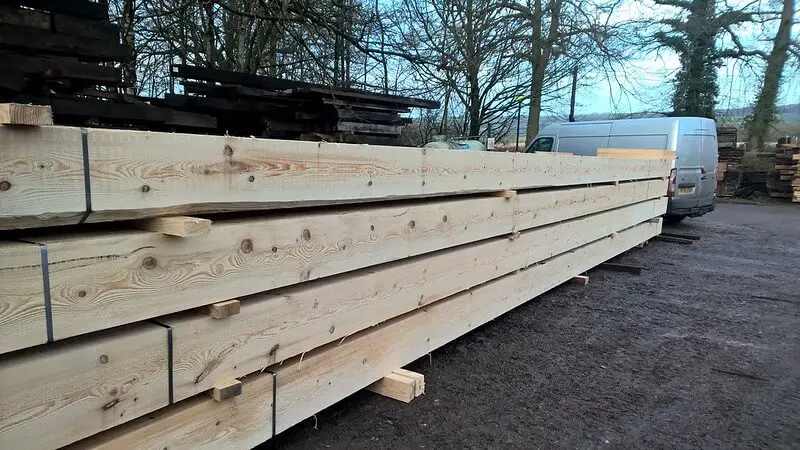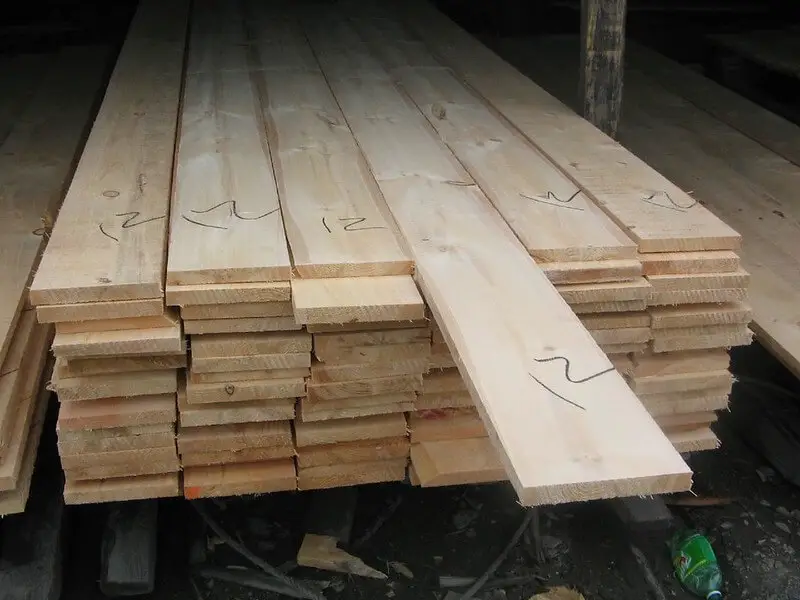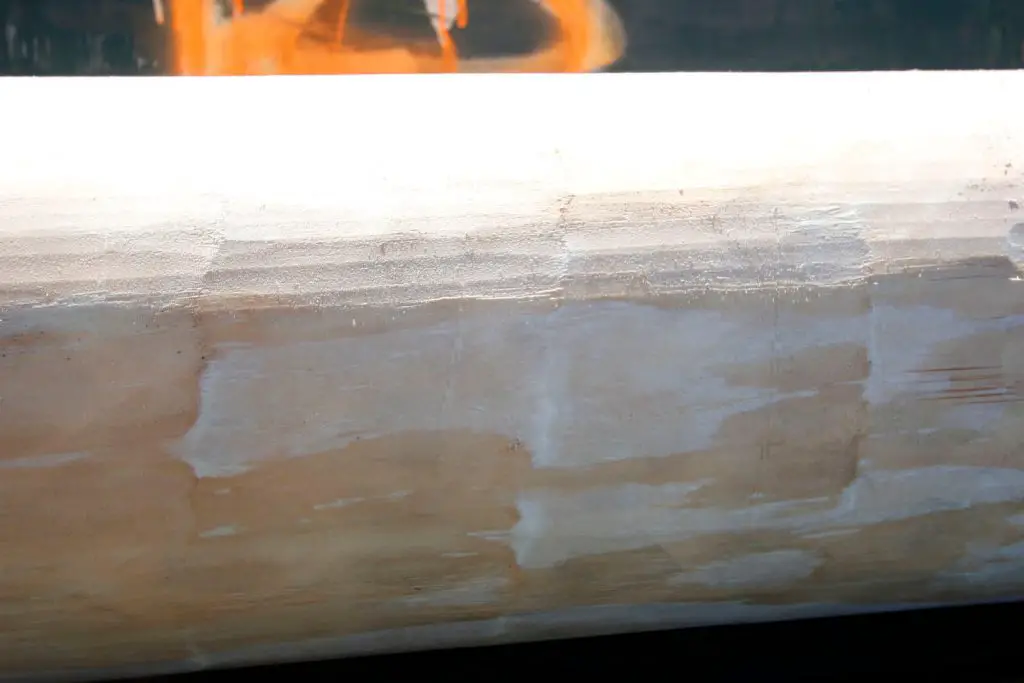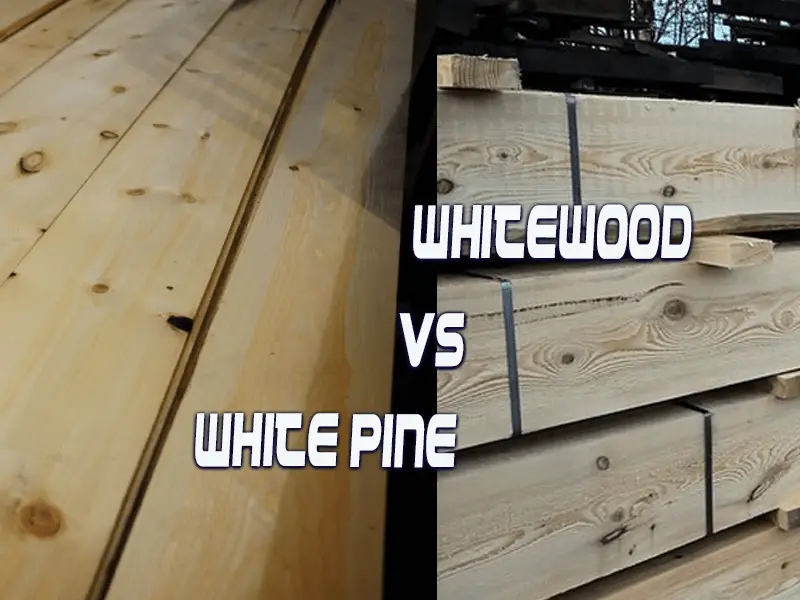The whitewood vs pine argument has been going on for years, Pinewood has been used as a building material and furniture item since ancient times, while whitewood has seen its popularity rise in the 21st century thanks to its attractive natural color and its resistance to insects.
Pine and whitewood are two of the most popular types of wood available on the market today, but which one is better suited for your needs? Let’s take a look at the main differences between these two types of wood and how they compare to each other!
Related article Cedar vs Pine
What is whitewood

Botanical Names: Liriodendron tulipifera
The Appalachian Mountains hold a large portion of the surviving supply of this wood, which is considered one of the most precious in the eastern United States.
Originally used extensively in Europe in the early 1900s, whitewood is now mostly used in the United States for a variety of woodworking applications and pulp.
Whitewood is another name for sapwood.
- Other Names: Canoe wood, tulip poplar, tuliptree.
- Source: U.S.A.Characteristics; Straight grain; fine, even texture; white sapwood to pale-brown heartwood with green or dark brown streaks.
- Uses: Joinery, furniture, cabinetwork, musical instruments, carving, and veneers.
- Workability: Good; dulls cutters only slightly.
- Finishing: Accepts finishes well.
- Weight: 30-35 Ib./cu. ft.
- Price: Inexpensive.
What is whitewood at lowes
At Lowe’s, “whitewood” typically refers to a type of softwood lumber that is commonly used for various woodworking projects. It is often sourced from spruce, pine, or fir trees. Whitewood is known for its light color and relatively low cost, making it a popular choice for DIY enthusiasts and professionals alike. It can be used for construction, framing, shelving, and other interior applications. It’s important to note that “whitewood” is a general term and may vary in specific species and quality. It’s always a good idea to consult with Lowe’s staff or check product labels for more detailed information about the specific type of whitewood available.
What is white pine

Botanical Name: Pinus Strobus
For generations, white pine has been a favored wood for both construction and woodworking due to its adaptability, workability, and non-resinous character.
The white pine was honored by early American immigrants, and it was featured on the colonies’ flag during the American Revolution, as well as on numerous flags and coinages throughout the years.
White pine has become scarce as a result of its widespread use, while second-generation stands are currently forming.
- Other Names: Eastern white pine, northern white pine, northern pine, Quebec pine, soft pine, balsam pine, Canadian white pine.
- Sources: Canada and U.S.A.
- Characteristics: Straight grain; even texture; light-yellow to reddish-brown heartwood.
- Uses: Furniture, joinery, boat building, construction, plywood, and veneers.
- Workability: Good; blunts cutters slightly; poor bending properties; too soft for some furniture use.
- Finishing: Accepts finishes well.Weight: 28 Ib./cu. ft.
- Price: Inexpensive.
Whitewood vs pine: Differences
Whitewood and pine are almost identical. Most people can’t tell the two apart since they both have a white appearance accented by occasional knots. So how do you tell the two kinds of wood apart?
Whitewood is distinct from white pine wood in that it has more knots and will usually be much lighter than pine. Whitewood being a hardwood is more compact and therefore lighter.
In your local lumberyard, they may not have the two kinds available for your comparison. In such a case the price difference may be of use to distinguish the type available.
Whitewood is sold cheaper than pine referencing pines’ longer durability.

Whitewood vs white pine: comparison
Although whitewood is a hardwood it is remarkably similar to pine which is softwood. For starters, The color and appearance are almost identical its why so many people will call whitewood pine and vice-versa.
The softness is also identical with both woods being very soft. Nails will go in easily with a hammer but be careful nailing close to the end grains as both whitewood and pine tend to split easily.
Whitewood just like pine has a major knot problem. Unless you plan to work around this problem or the project is not bothered by knots’ appearance then you should probably choose something else. Knots are mostly a problem in areas that need carving with hand tools mostly.
Another similarity in whitewood vs pine is the price point. While whitewood is the cheaper wood here both these wood are marketed as cheap wood. the reason is simple; both whitewood and pine grow relatively fast making them economical sources of construction lumber.

Whitewood vs Whitepine: Carving
We have covered in a previous post carving pine. We have however not carved whitewood but using some understanding of how woods are and expert advice from other woodcarvers we can conclude that whitewood can be carved and is softer than pine.
However, the knots are too frequent and may cause frustration if you are not patient with the carving process.
It’s always good to keep your tools sharp when working with wood that split easily. You also want to work with small pieces of wood if working with hand tools otherwise expect a slow process in conquering all the knots with gouges.
More Related articles

